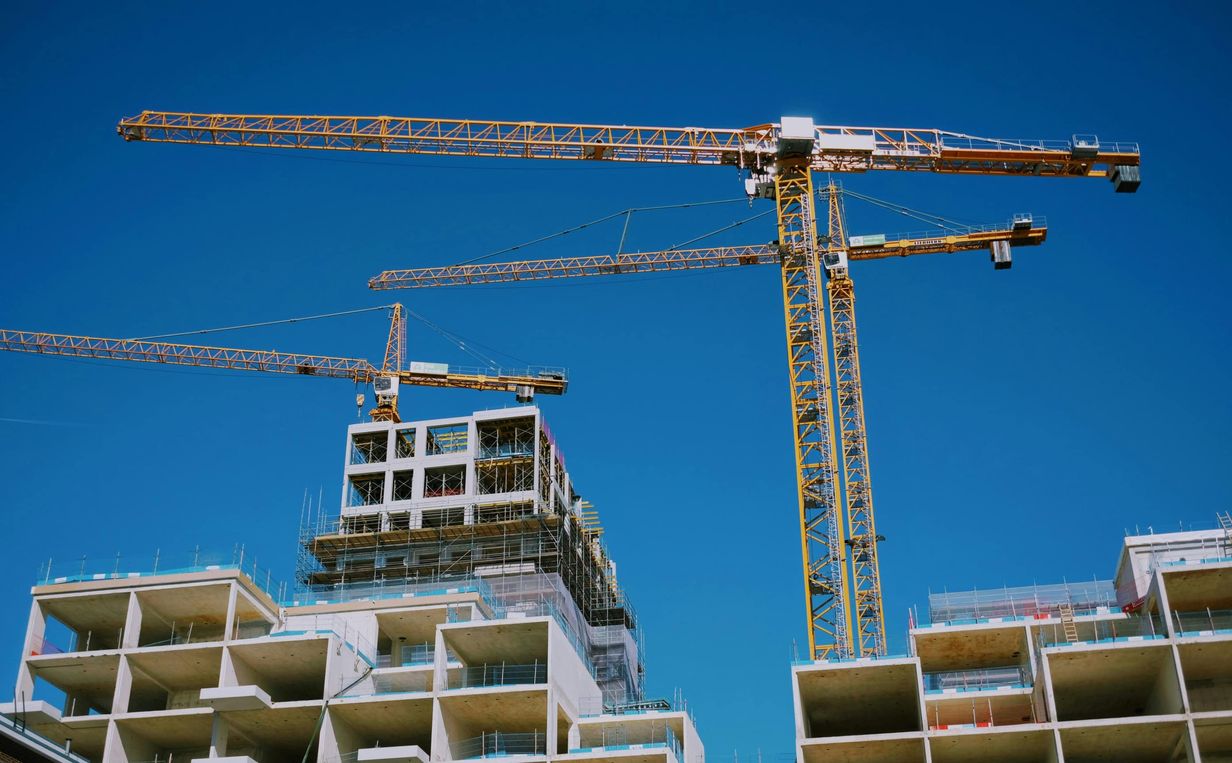What the new Social and Affordable Homes Programme means for future buyers

Homes England has launched the Social and Affordable Homes Programme (SAHP) 2026-2036 – a major ten-year plan designed to boost the supply of affordable housing across England, outside of London. With £27.3 billion of funding behind it, the programme aims to support thousands of new homes for people who need them most.
If you’re thinking about buying an affordable home in the coming years – for example, through Shared Ownership – here’s what the new programme means, and why it matters.
A long-term commitment to affordable housing
The SAHP sets out a decade-long funding pipeline to help housing providers deliver new homes for both affordable sale and rent.
One of the biggest commitments is that at least 60% of all homes funded must be for Social Rent, significantly helping those who are not yet in a position to buy a property.
What types of homes will be prioritised?
Alongside Social Rent, the programme highlights three key areas of need:
1. More council-built homes
Local authorities (directly or in partnership with registered providers or developers) are encouraged to bid for funding to help increase the number of new council houses.
2. Specialist and supported housing
This includes homes for older residents through the Older Persons Shared Ownership (OPSO) scheme, disabled people, and those needing additional support via the Home Ownership for People with Long-Term Disabilities (HOLD) scheme – an area where housing supply is often limited.
3. Rural and community-led housing
Smaller towns, villages, and community groups will have more opportunity to bring forward local, affordable homes that meet the needs of their area.
How funding will work
Homes England has confirmed there will be two main routes for housing providers to apply for funding:
- Continuous Market Engagement (CME): A flexible, scheme-by-scheme application route.
- Strategic Partnerships: Long-term agreements with larger housing providers who can deliver bigger programmes over several years.
Regardless of route, bids will be judged on:
- Value for money – the level of grant needed, as bids are checked against cost-per-home benchmarks to ensure good value.
- Strategic fit – how well the scheme meets national, regional, and local housing needs.
- Deliverability – whether the homes can be built on time and to high standards.
Timelines for delivery
All funded homes must:
- Start on site by March 31st 2036.
- Be completed by March 31st 2039.
However, schemes that can deliver earlier – particularly before March 31st 2029 – will be prioritised, helping to speed up the construction of new affordable homes.
What the programme doesn’t include
There are two clear exclusions:
- London housing, as this is funded separately through the Greater London Authority.
- Homes delivered through Section 106 agreements (a legal agreement that ensures new housing developments give something back to the community, such as funding, affordable homes or community improvements).
This means the SAHP focuses entirely on grant-funded affordable housing, rather than homes that developers must provide as part of planning conditions.
You should also be aware that SAHP-funded rented properties cannot be bought through the Right to Shared Ownership (a scheme that enables eligible tenants in England to buy a portion of their rented property under shared ownership terms).
What this means for buyers
For anyone hoping to access affordable housing in the coming years – whether through Shared Ownership, Rent to Buy, OPSO, HOLD or social and affordable rent – this programme is designed to increase choice, improve supply, and support a wider range of housing needs.
Over the next decade, the SAHP will encourage the development of more affordable homes across regions outside London, a stronger focus on the most affordable tenures, and an increased delivery of specialist and community-led housing. In short, it represents one of the most significant long-term commitments to affordable housing in recent years.
Interested in learning more about affordable homeownership? Why not explore our hub of buying and rental schemes that can help you on your path to homeownership.

